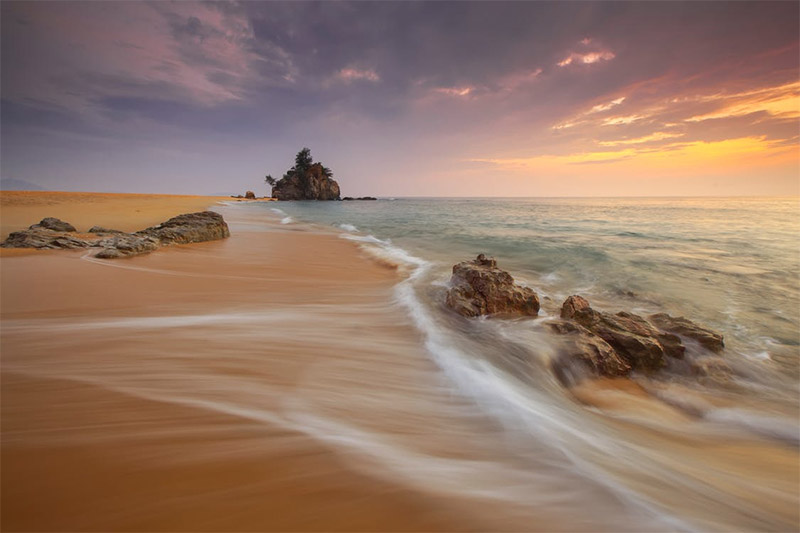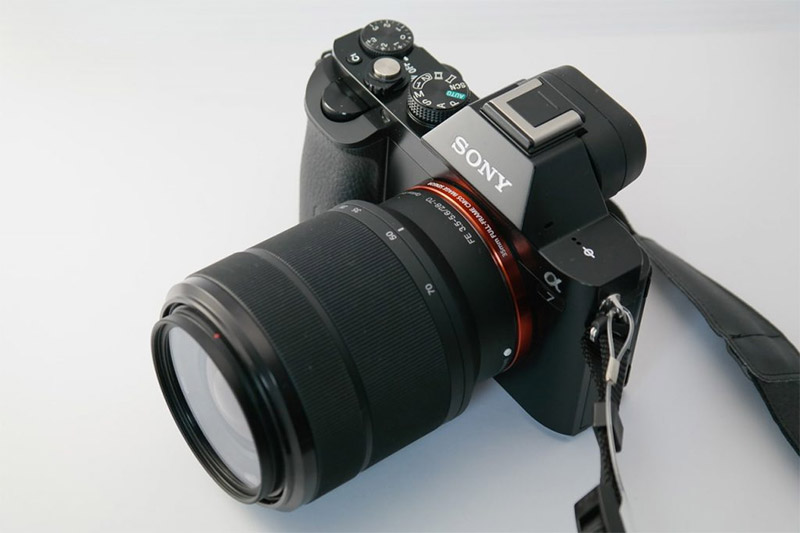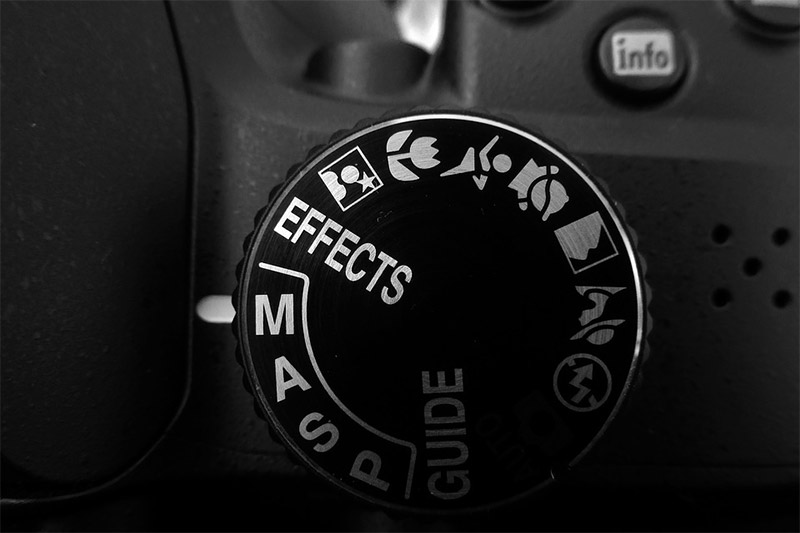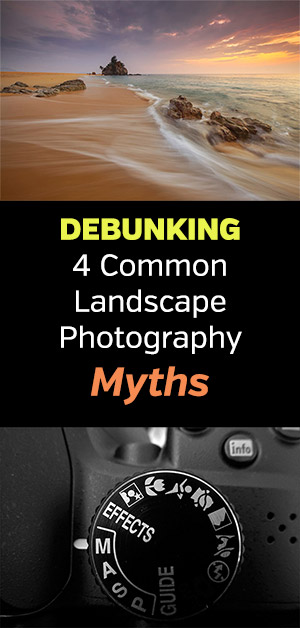
Photo by Zukiman Mohamad / Pexels License
Landscape photography, like any art form, is full of established ideas that are better known as myths. You’ll find plenty of people to argue their truth yet they hold little real substance in the photography world. What are some of the most common myths in photography today?
1. Full Frame is the Only Way to Go!

Photo by Hans / CC0
Full frame is one way to go but not the only way to go. One significant disadvantage of using full frame gear is the cost of it. Both full frame bodies and their respective lenses almost always cost more than the APS-C equivalents in a given brand. Part of it is due to technological constraints. The sensors are physically larger so it takes more to run them but some of it is also due to the hype and demand surrounding full frame cameras.
An APS-C camera is no less capable of taking good images. The main constraint for landscape photographers in the field of view. Full frame cameras have the advantage here, assuming you absolutely must capture as much of the scene as possible with no cropping. But how often is that truly the case? Often a crop will be needed here and there for better composition.
The size of the kit is another consideration. Full frame bodies and lenses mean more mass to haul around. At least it did until the introduction of the Sony Alpha 7 mirrorless series. Whether other manufacturers follow suit with lighter full-frame rigs remains to be seen, however. Is your backpacking trip specifically for photography or is that only part of the whole venture? If not then a smaller APS-C or Micro 4/3rds rig may be perfect for you.
2. You Need Good Gear to be a Good Photographer!
People have been taking great images for as long as there have been cameras. And the cameras of even a few years ago pale in comparison to what’s available now. And those cameras were incredible compared to what was available way before. In 1999, Nikon came out with the D1. It featured an incredible 2.72 megapixels on a full-frame sensor and 4.5 frames per second continuous drive for only $6000 (just over $9000 in 2018 dollars). It was the first digital SLR and considered a professional level model. Plenty of people praised the image quality then. Now there are people who find 24 megapixels to be not enough.
What’s enough really does depend on you? It’s true that landscape photographers tend to use higher resolution sensors in order to maximize the fine details that come up in scenes of forests or mountains. But that doesn’t mean you can’t take great images without spending tons of money. What’s more, you may have noticed that the most expensive gear today is usually bargain priced in a couple more years. And is outdated a few more years after that. Pick a gear that hits all of the right notes for you as a photographer. Ease of use, image quality, price, etc. But don’t get caught up in competing for the best and newest equipment constantly if you simply enjoy taking good photos!
3. Professionals Always Shoot in Manual!

Photo by KorchJohn / CC0
Not always true. Aperture Priority (Av) and Shutter Priority (Tv) definitely have their places. If the lighting is fairly unchallenging and I’m concerned mostly with the depth of field of the image (how much of the scene is in sharp focus) then why not stick with Av Mode? Let the intelligence of the camera decide on the shutter speed.
If I’m trying to create motion blur (or eliminate it) likewise Tv Mode will work just fine. And if the exposure isn’t quite where I want it Exposure Compensation can adjust things nicely. Manual Mode DOES give you the utmost control of your final product. But your camera is pre-loaded with all that intelligent software for a reason – make use of it when it’s to your advantage.
4. You Should Always be thinking about “Proper” Composition!

Photo by PIRO4D / CC0
Rule of Thirds. Golden Ratio. Leading lines. All of these “rules” are called rules because they are found in images with near-universal appeal. But just because these photography rules exist doesn’t mean that you have to follow them all the time. As explained in my article on abstract photography, sometimes the most intriguing images are fascinating because they don’t follow any of the usual styles.
→ Related reading: Helpful Composition Rules for Landscape Photography
The way you decide to convey a subject, be it a cityscape or a person, is entirely up to you. Sometimes it takes breaking all the rules to create a unique angle. This is especially true with subjects everyone’s seen a thousand times. Following the universal rules on a photograph of the Eiffel Tower or the Grand Canyon will create a “technically beautiful” image but it’s also something your audience has seen a thousand times already. You’ll have to get abstract if you want to do something interesting. How well that final image turns out may be more a matter of individual taste – but then, not every photograph needs to sell. Sometimes it’s enough that you alone enjoy the slice of life you’ve captured.

Photo license links: Pexels License, CC0